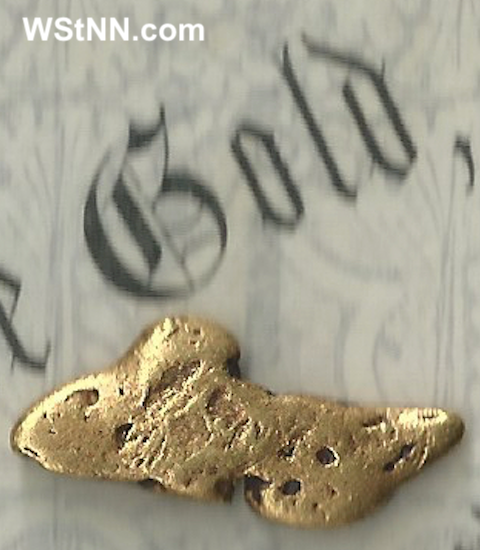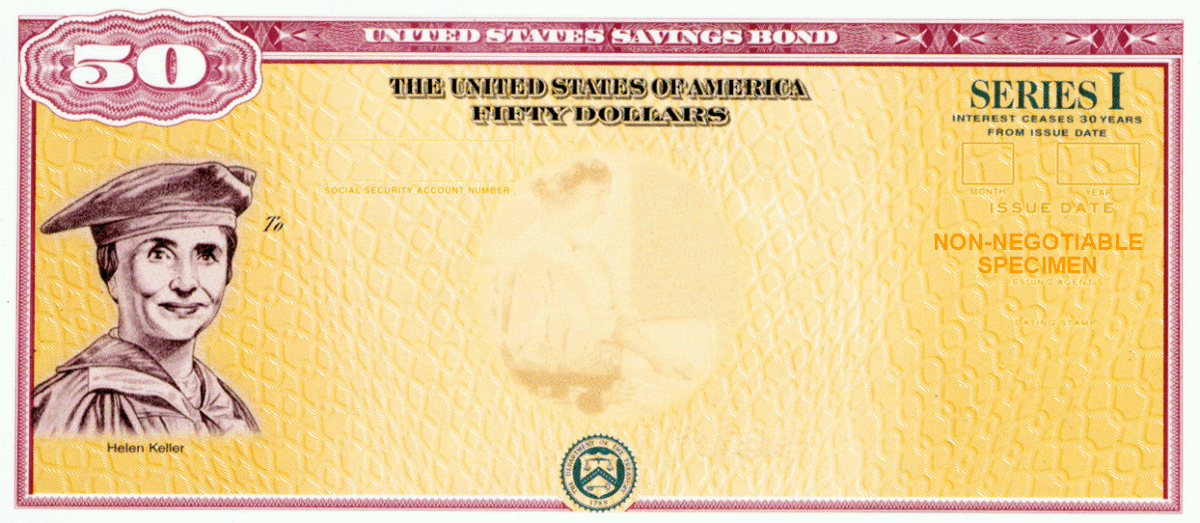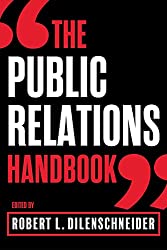MSNBC Films and NBC News Studios will premiere “Diamond Hands: The Legend of WallStreetBets”
on MSNBC Sunday, April 10 at 10:00 p.m. ET and will be available to stream this spring on Peacock
The Broadcast Debut Follows the Global Premiere at SXSW Festival
———————————————————-
DIAMOND HANDS: THE LEGEND OF WALLSTREETBETS
https://www.msnbc.com/msnbc/watch/diamond-hands-the-legend-of-wallstreetbets-teaser-135194693826
“Diamond Hands: The Legend of WallStreetBets”, directed by Zack Canepari and Drea Cooper, gives an edgy, inside look at the GameStop downfall and features a number of analysts and investors like Mike Novogratz and Andrew Left; and retail investors Jeff Amazon, Sir Jackalot and Alisha Woods, all who help connect the dots for the events that played a major role in the craze that rocked the stock market a year ago.
Directed by Zack Canepari & Drea Cooper, Executive Produced by Amanda Spain (VP, Longform Acquisitions MSNBC)
MSNBC Films and NBC News Studios will premiere “Diamond Hands: The Legend of WallStreetBets,” on MSNBC Sunday, April 10 at 10:00 p.m. ET, following the global premiere at SXSW on March 13.
Diamond Hands was coined by traders within the social media community of Reddit’s r/WallStreetBets. On this subreddit, where users post stock and option trading, the term caught on specifically when r/WallStreetBets initiated a short squeeze on GameStop last January. Directed by Zack Canepari and Drea Cooper, the doc features a number of analysts and investors like Mike Novogratz, Andrew Left and retail investor Alisha Woods and Reddit users who go by “Jeff Amazon” and “Sir Jackalot.” They all help connect the dots for the events that played a major role in the craze that rocked the stock market a year ago. “Diamond Hands” is produced by NBC News Studios and ZCDC Films. The film is set to stream later this Spring on Peacock.
The documentary explores the collective jaw-drop when GameStop shares soared 1700% in January 2021. Major hedge funds and other investors were so sure that the 90s-era, mall-based retailer was doomed that the size of the bet against the company was 140 percent the size of the company itself. r/WallStreetBets became so much more than a subreddit where participants discussed stock and option trading, quickly becoming notable for its aggressive trading strategies, colorful and profane jargon. r/WallStreetBets turned into a subculture with its own language, its own moral compass and a value system that thrives on gamesmanship and sowing chaos at every turn.
“This film and its subjects are irreverent, witty and at the same time incredibly informative. This film gives a front row seat to the younger generations’ world view and their attempt to change financial institutions they feel were never meant for them,” said Amanda Spain, VP of Longform Acquisitions, MSNBC Films. “I am inspired by their willingness to hold up their middle finger to the status quo and their relentless fight to change the system.”
“The decision to make “Diamond Hands” was an easy “bet” for us,” said Liz Cole, president of NBC News Studios. “While most people followed the wild ride of GameStop’s stock a year ago, this film explores the fascinating human stories behind those headlines and gets at the generational frustration that led so many people to rebel against the system. Zack and Drea were dream partners in crafting the distinct tone of this film, and we’re thrilled to show it to the world at South by Southwest next month on MSNBC in April and later on Peacock.”
MSNBC recently revitalized its long form programming under the banner MSNBC Films led by Amanda Spain, Vice President, Longform Acquisition. In 2021, MSNBC Films’ broadcast premiere of Memory Box: Echoes of 9/11, a co-production of Yard 44 and NBC News Studios production, drew more viewers than any other 9/11 documentaries in September 2021. MSNBC Films also acquired acclaimed French artist JR’s Paper & Glue and the short documentary, Seth Freed Wessler’s “The Facility,” which was on the 2022 Oscar shortlist. Most recently, MSNBC Films aired “Love & The Constitution,” about representative Jamie Raskin, which premiered on MSNBC February 6th.
“Diamond Hands: The Legend of WallStreetBets” is an NBC News Studios & ZCDC production, Produced and Directed by Zack Canepari and Drea Cooper; Produced by Gary Kout and Myles Estey, Molly O’Brien; Co-Produced by Erica Fink; Consulting Producer Stephanie Ruhle, Associate Producer Nick McElroy; Edited by Carter Gunn, Drea Cooper, Sebastian Hernandez; Director of Photography Megan Stacey;’ Composer Matt Joynt. Executive Produced for MSNBC Films by Rashida Jones and Amanda Spain. Executive Produced for NBC News Studios by Elizabeth Fischer, Molly O’Brien, Andy Berg, Liz Cole and Noah Oppenheim.










